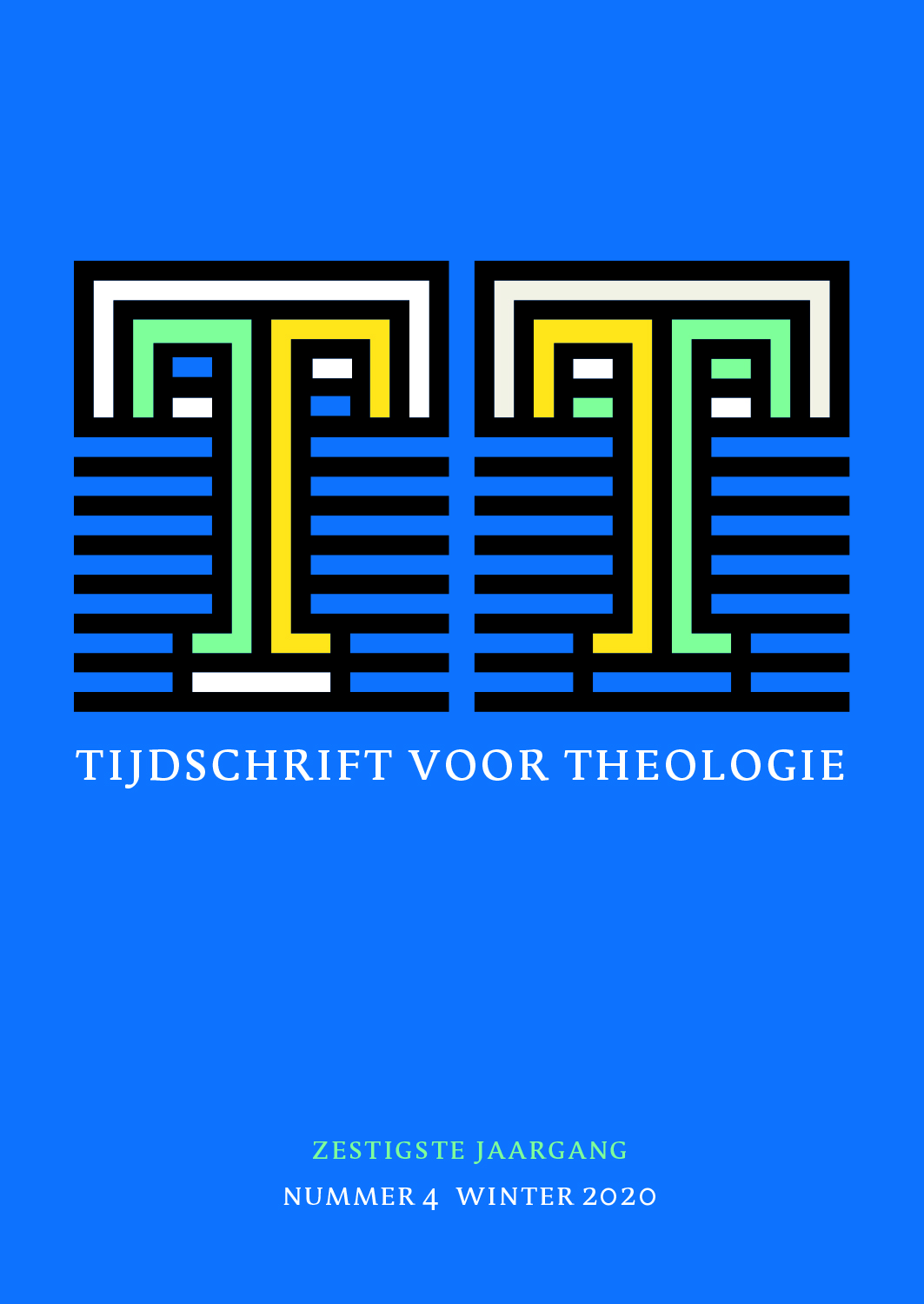 previous article in this issue previous article in this issue | next article in this issue  |

|
Document Details : Title: Het klosje & het touwtje Subtitle: Reflecties op het spelelement in het geloven Author(s): WESTERINK, Herman Journal: Tijdschrift voor Theologie Volume: 49 Issue: 1 Date: 2009 Pages: 61-83 DOI: 10.2143/TVT.49.1.3203460 Abstract : This article uses the psychology of religion to explore the theories that psychoanalysis, phenomenology and the phenomenology of religion present on play, playing and room to play. It expects to find building blocks for a reflection on ‘believing’ as mental activity. Relying on work by F. Buytendijk, J. Huizinga, G. van der Leeuw, S. Freud, D. Winnicott and A. Vergote, it compares various game theories to find the common elements. Then it treats the reception of game theories in theology, focussing on W. Pannenberg’s view of play and cult. It contends that Pannenberg is not the only one, but that other Catholic and Protestant theologians also use game theories in theological reflection on ritual and liturgy as representational play. The author shows that in this use of play and room to play, much of the playfulness and fun of the game and playing has been crushed under the weight of the ritual’s gravity, importance, purpose and objective. The emphasis no longer lies on childlike, whimsically playful activities but on the sacred game of appropriation and acceptance of a religious meaning structure offered in a representation play. Moreover, in the author’s view this use does not exhaust game theories’ potential for theology. The hypothesis is that the basic anthropological structure which phenomenologists and psychoanalysts have tried to describe using child play and that is visible in play is also recognisable in the basic structures of ‘believing’ as mental activity, the fides qua, understood as trust in or interest for something or someone whose presence or intervention is uncertain. The guideline here is Freud’s analysis of the fort-da game of disappearance and return, acceptance and rejection, exercising control and being controlled, distance and presence and the playful search for the right distance. |
|
